Sean Carroll CalTech, John’s Hopkins, Santa Fe Institute One of the great intellectual achievements of the twentieth century was the theory of quantum mech…
Category: quantum physics – Page 577
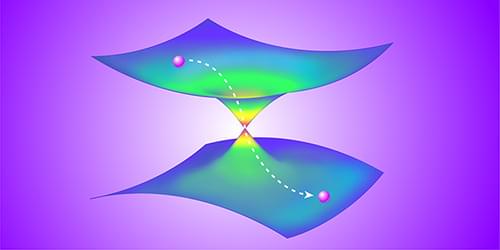
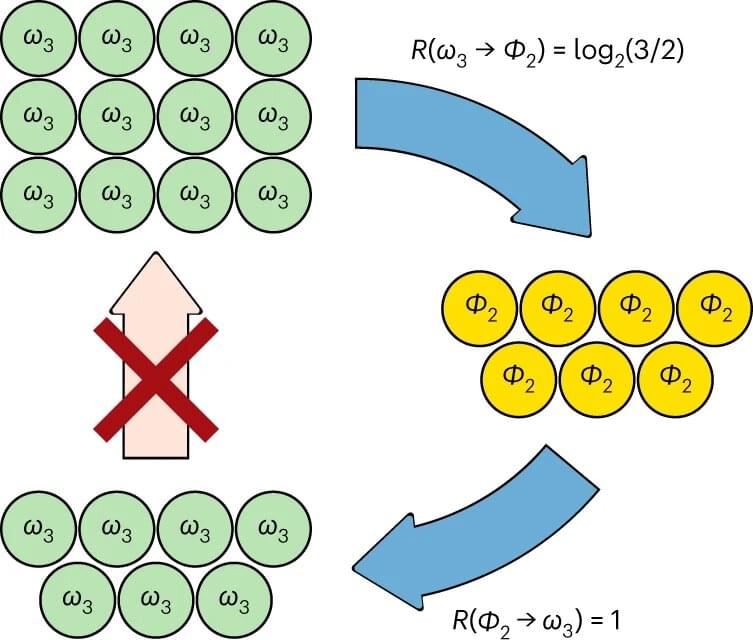
No ‘second law of entanglement’ after all, claims study
The second law of thermodynamics is often considered to be one of only a few physical laws that is absolutely and unquestionably true. The law states that the amount of ‘entropy’—a physical property—of any closed system can never decrease. It adds an ‘arrow of time’ to everyday occurrences, determining which processes are reversible and which are not. It explains why an ice cube placed on a hot stove will always melt, and why compressed gas will always fly out of its container (and never back in) when a valve is opened to the atmosphere.
Only states of equal entropy and energy can be reversibly converted from one to the other. This reversibility condition led to the discovery of thermodynamic processes such as the (idealized) Carnot cycle, which poses an upper limit to how efficiently one can convert heat into work, or the other way around, by cycling a closed system through different temperatures and pressures. Our understanding of this process underpinned the rapid economic development during the Western Industrial Revolution.
The beauty of the second law of thermodynamics is its applicability to any macroscopic system, regardless of the microscopic details. In quantum systems, one of these details may be entanglement: a quantum connection that makes separated components of the system share properties. Intriguingly, quantum entanglement shares many profound similarities with thermodynamics, even though quantum systems are mostly studied in the microscopic regime.
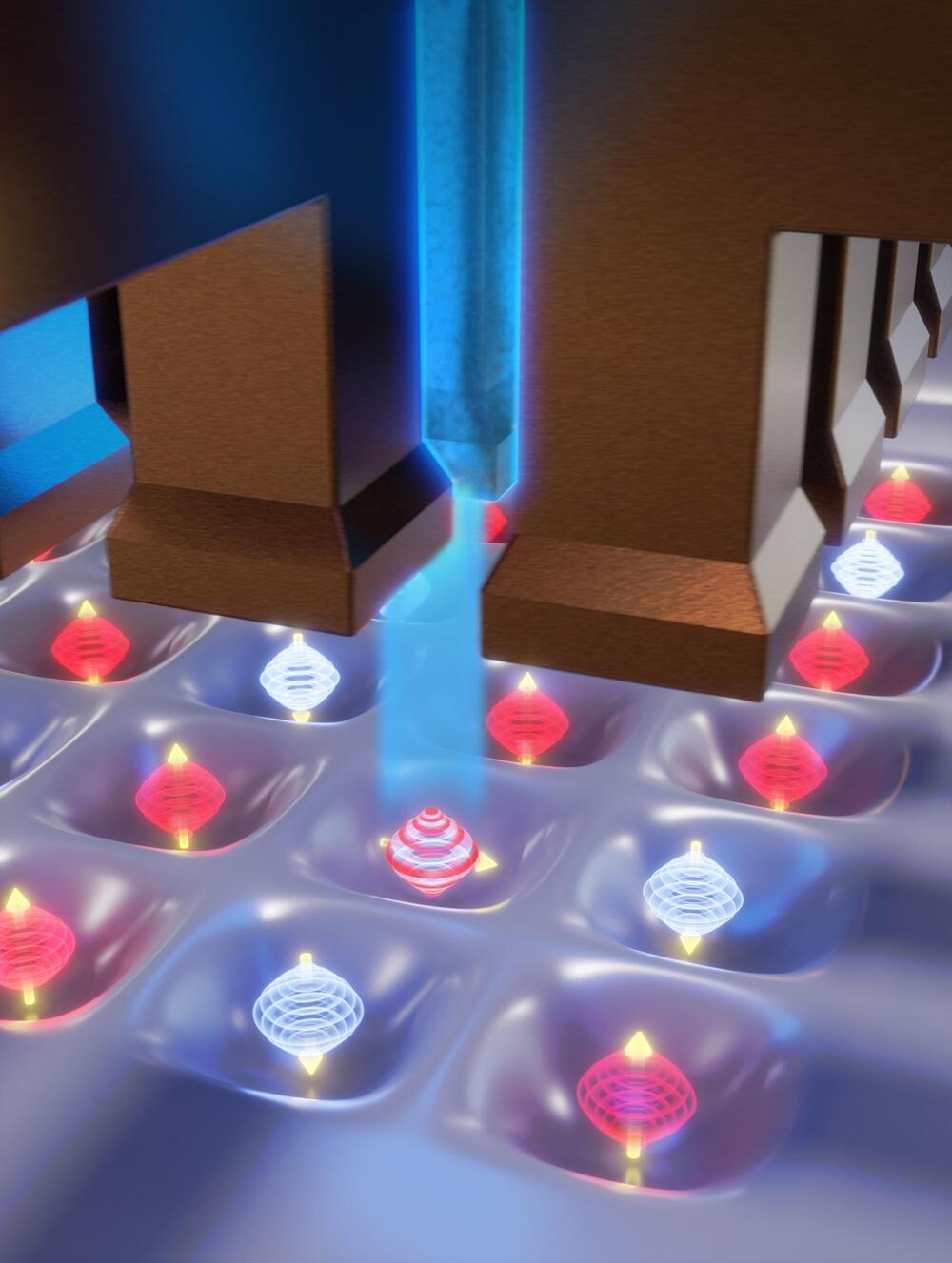
Study achieves the coherent manipulation of electron spins in silicon
In recent years, many physicists and computer scientists have been working on the development of quantum computing technologies. These technologies are based on qubits, the basic units of quantum information.
In contrast with classical bits, which have a value of 0 or 1, qubits can exist in superposition states, so they can have a value of 0 and 1 simultaneously. Qubits can be made of different physical systems, including electrons, nuclear spins (i.e., the spin state of a nucleus), photons, and superconducting circuits.
Electron spins confined in silicon quantum dots (i.e., tiny silicon-based structures) have shown particular promise as qubits, particularly due to their long coherence times, high gate fidelities and compatibility with existing semiconductor manufacturing methods. Coherently controlling multiple electron spin states, however, can be challenging.

Quantum physicists determine how to control two quantum light sources rather than one
In a new breakthrough, researchers at the University of Copenhagen, in collaboration with Ruhr University Bochum, have solved a problem that has caused quantum researchers headaches for years. The researchers can now control two quantum light sources rather than one. Trivial as it may seem to those uninitiated in quantum, this colossal breakthrough allows researchers to create a phenomenon known as quantum mechanical entanglement. This in turn, opens new doors for companies and others to exploit the technology commercially.
Going from one to two is a minor feat in most contexts. But in the world of quantum physics, doing so is crucial. For years, researchers around the world have strived to develop stable quantum light sources and achieve the phenomenon known as quantum mechanical entanglement—a phenomenon, with nearly sci-fi-like properties, where two light sources can affect each other instantly and potentially across large geographic distances.
Entanglement is the very basis of quantum networks and central to the development of an efficient quantum computer.
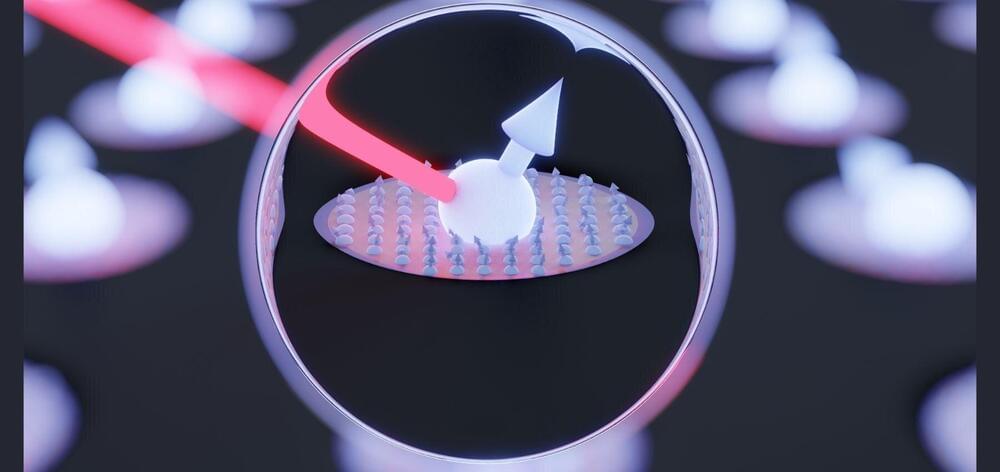
Researchers find ways to improve the storage time of quantum information in a spin rich material
An international team of scientists have demonstrated a leap in preserving the quantum coherence of quantum dot spin qubits as part of the global push for practical quantum networks and quantum computers.
These technologies will be transformative to a broad range of industries and research efforts: from the security of information transfer, through the search for materials and chemicals with novel properties, to measurements of fundamental physical phenomena requiring precise time synchronization among the sensors.
Spin-photon interfaces are elementary building blocks for quantum networks that allow converting stationary quantum information (such as the quantum state of an ion or a solid-state spin qubit) into light, namely photons, that can be distributed over large distances. A major challenge is to find an interface that is both good at storing quantum information and efficient at converting it into light.
Scientists observe ‘quasiparticles’ in classical systems for the first time
Starting with the emergence of quantum mechanics, the world of physics has been divided between classical and quantum physics. Classical physics deals with the motions of objects we typically see every day in the macroscopic world, while quantum physics explains the exotic behaviors of elementary particles in the microscopic world.
Many solids or liquids are composed of particles interacting with one another at close distances, which sometimes results in the rise of “quasiparticles.” Quasiparticles are long-lived excitations that behave effectively as weakly interacting particles. The idea of quasiparticles was introduced by the Soviet physicist Lev Landau in 1941, and ever since has been highly fruitful in quantum matter research. Some examples of quasiparticles include Bogoliubov quasiparticles (i.e. “broken Cooper pairs”) in superconductivity, excitons in semiconductors, and phonons.
Examining emergent collective phenomena in terms of quasiparticles provided insight into a wide variety of physical settings, most notably in superconductivity and superfluidity, and recently in the famous example of Dirac quasiparticles in graphene. But so far, the observation and use of quasiparticles have been limited to quantum physics: in classical condensed matter, the collision rate is typically much too high to allow long-lived particle-like excitations.
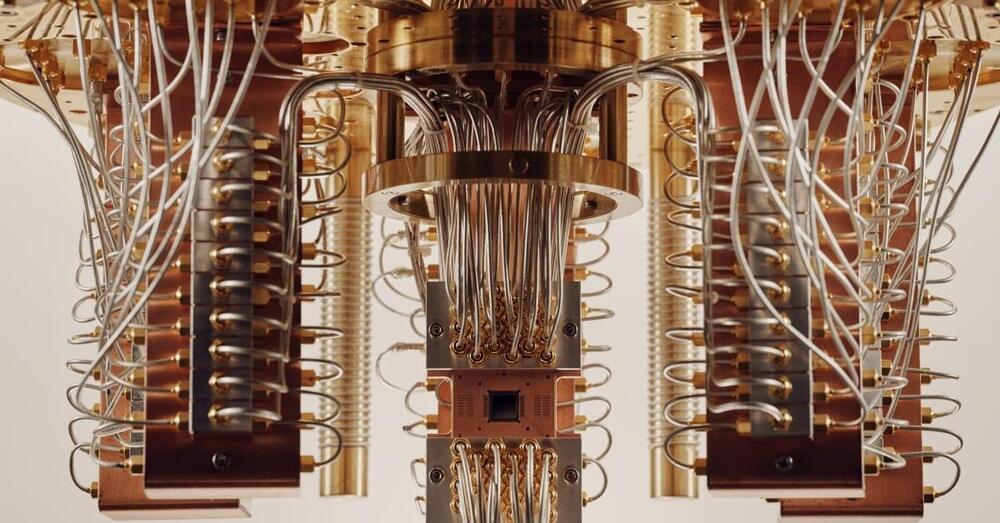
How Quantum Computing Will Transform Our World
Tech giants from Google to Amazon and Alibaba —not to mention nation-states vying for technological supremacy—are racing to dominate this space. The global quantum-computing industry is projected to grow from $412 million in 2020 to $8.6 billion in 2027, according to an International Data Corp. analysis.
Whereas traditional computers rely on binary “bits”—switches either on or off, denoted as 1s and 0s—to process information, the “qubits” that underpin quantum computing are tiny subatomic particles that can exist in some percentage of both states simultaneously, rather like a coin spinning in midair. This leap from dual to multivariate processing exponentially boosts computing power. Complex problems that currently take the most powerful supercomputer several years could potentially be solved in seconds. Future quantum computers could open hitherto unfathomable frontiers in mathematics and science, helping to solve existential challenges like climate change and food security. A flurry of recent breakthroughs and government investment means we now sit on the cusp of a quantum revolution. “I believe we will do more in the next five years in quantum innovation than we did in the last 30,” says Gambetta.
But any disrupter comes with risks, and quantum has become a national-security migraine. Its problem-solving capacity will soon render all existing cryptography obsolete, jeopardizing communications, financial transactions, and even military defenses. “People describe quantum as a new space race,” says Dan O’Shea, operations manager for Inside Quantum Technology, an industry publication. In October, U.S. President Joe Biden toured IBM’s quantum data center in Poughkeepsie, N.Y., calling quantum “vital to our economy and equally important to our national security.” In this new era of great-power competition, China and the U.S. are particularly hell-bent on conquering the technology lest they lose vital ground. “This technology is going to be the next industrial revolution,” says Tony Uttley, president and COO for Quantinuum, a Colorado-based firm that offers commercial quantum applications. “It’s like the beginning of the internet, or the beginning of classical computing.”
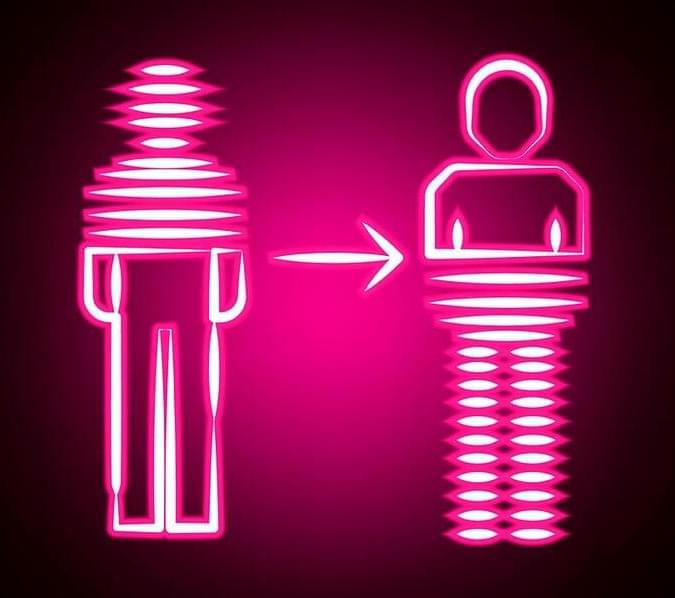
Researchers Successfully Prove Teleportation Is Possible
While the idea of teleportation in general sounds quite far-fetched it’s not a concept we’re too terribly far away from. In this day and age, we are much more advanced than people realize and moments like this really prove exactly that.
Just a couple years ago Chinese scientists revealed that they had managed to send a photon from Earth to a satellite that was orbiting the planet at least three hundred miles away. Yes, they teleported it into space. This was a serious feat in the world of quantum physics and at the time was touted as a ‘futuristic breakthrough.’
While a bit ‘out there’ it seems that teleportation has become something quite standard in quantum optics labs globally but this was easily the longest distance something was able to be teleported. The phenomenon that allows this to happen is known as entanglement and it happens when two quantum objects form at the same instant and point in space. This meaning that they hold the same wave function and according to Technology Review, are able to share this even when separated.

Quantum Safe Cryptography — A Quantum Leap Needed Now
Whether we realize it or not, cryptography is the fundamental building block on which our digital lives are based. Without sufficient cryptography and the inherent trust that it engenders, every aspect of the digital human condition we know and rely on today would never have come to fruition much less continue to evolve at its current staggering pace. The internet, digital signatures, critical infrastructure, financial systems and even the remote work that helped the world limp along during the recent global pandemic all rely on one critical assumption – that the current encryption employed today is unbreakable by even the most powerful computers in existence. But what if that assumption was not only challenged but realistically compromised?
This is exactly what happened when Peter Shor proposed his algorithm in 1995, dubbed Shor’s Algorithm. The key to unlocking the encryption on which today’s digital security relies is in finding the prime factors of large integers. While factoring is relatively simple with small integers that have only a few digits, factoring integers that have thousands of digits or more is another matter altogether. Shor proposed a polynomial-time quantum algorithm to solve this factoring problem. I’ll leave it to the more qualified mathematicians to explain the theory behind this algorithm but suffice it to say that when coupled with a quantum computer, Shor’s Algorithm drastically reduces the time it would take to factor these larger integers by multiple orders of magnitude.
Prior to Shor’s Algorithm, for example, the most powerful computer today would take millions of years to find the prime factors of a 2048-bit composite integer. Without Shor’s algorithm, even quantum computers would take such an inordinate amount of time to accomplish the task as to render it unusable by bad actors. With Shor’s Algorithm, this same factoring can potentially be accomplished in a matter of hours.